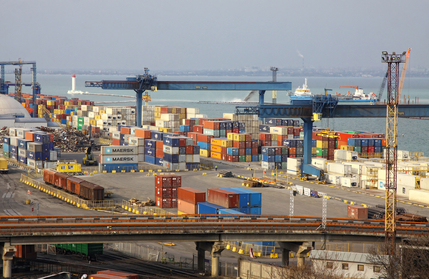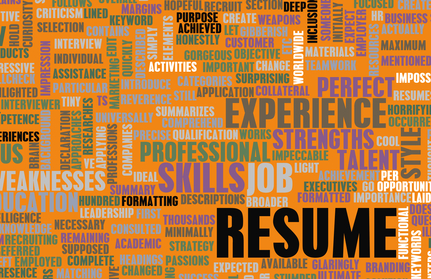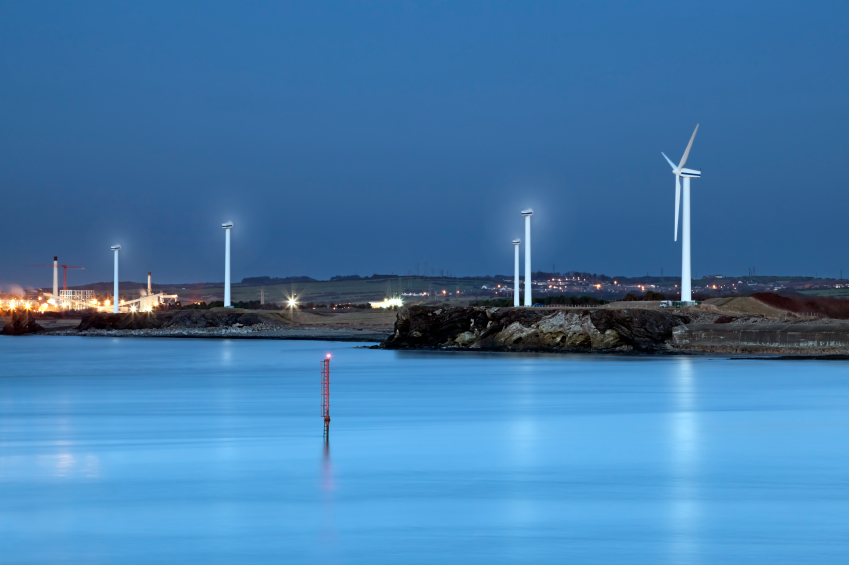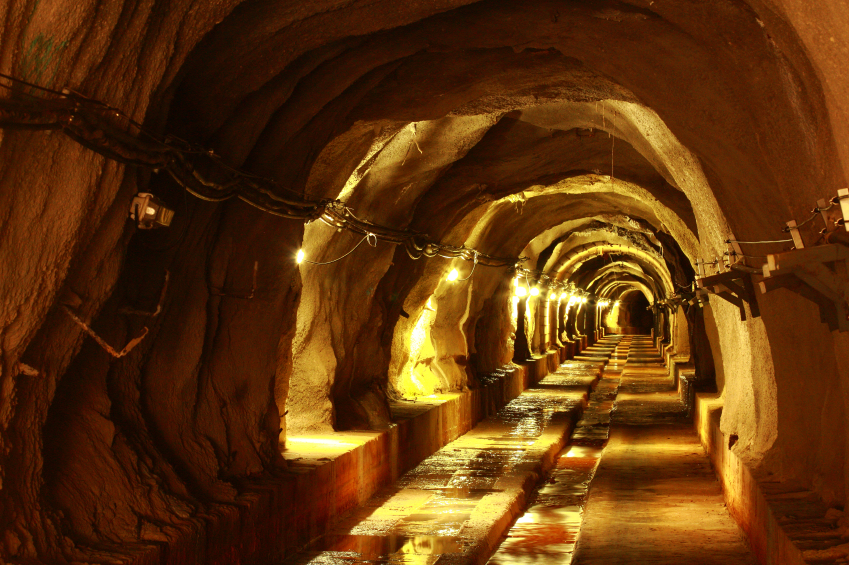Is Your Professional Appearance Keeping You From Mining?
 Is Your Professional Appearance Keeping You From Mining?
Is Your Professional Appearance Keeping You From Mining?
As it stands, Victoria is the only city in Canada that has laws that prohibit discrimination based on appearance. As a result of these special laws, there have been over a hundred claims filed based on people being rejected for a job because of their weight. There have also been claims based on height, hairstyles and body modifications. Even a person’s body odor has been cause to file a discrimination claim.
Fair or not, these claims are difficult to prove, so it doesn’t necessarily mean you’ll get the job. With regards to things like tattoos and piercing, it might be more of a perception issue than anything else. Could your tattoos be keeping you out of the mining workforce?
Surveys have found that the perception of people with tattoos is that they are somehow “rough around the edges.” Those discreetly placed tattoos that won’t even be revealed in a job interview aren’t the problem. However, it is hard to hide full sleeve, neck or face tattoos.
Body modifications like multiple piercings and ear gauges could also stop recruiters from hiring individuals. Of course, unless the recruiter specifically mentions your body art as the cause, you may never know for sure. Do you want to take that chance?
It may also come down to the type of tattoo that can be seen. Certain tattoos like tear drops and spider webs could often refer to someone with a criminal history. These are often the markings of gang related “trophies.” Tattoos that are overly offensive such as those with nudity or depictions of violence could also be a detriment to getting hired.
Having tattoos does not automatically keep you out of mine operation work. There are sure to be plenty of workers who enjoy getting tattoos. However, what if you decide that you want to advance from your current position? Would the management of your company be accepting of those tattoos?
This isn’t so much an issue for among coworkers; however, it could be when it comes to you dealing with potential clients and vendors. In other words, what might those people think about a person covered in ink and piercings? If there is a chance that they may have a negative connotation associated with your “art work,” then it will be hard for your upper management team to get over that.
What can you do if you have visible tattoos? If you are looking for advancement, then talk to your company’s human resource representative. Be blunt and ask them if your ink is going to hold you back from a promotion. If so, then you might want to think about getting those tattoos removed. What is more important? A tattoo or a good job?
The good news is that tattoo acceptance is gaining ground as more and more people are getting them. This acceptance is probably more widespread among the younger generation. Still, if you’re thinking about adding ink, then you need to be aware of the impact it could have on your future. The best advice is to find a way to keep your tattoos covered.










